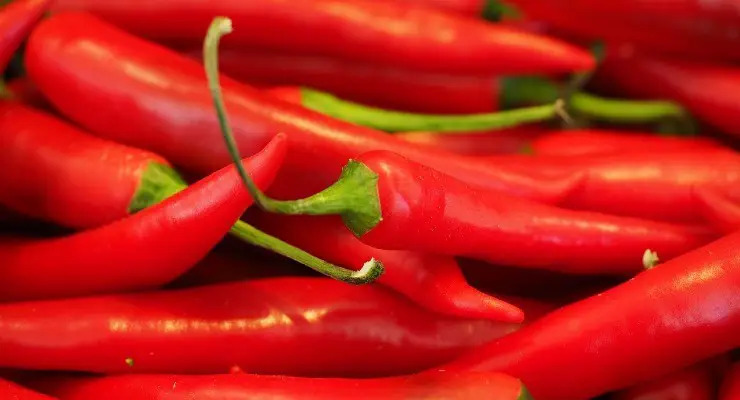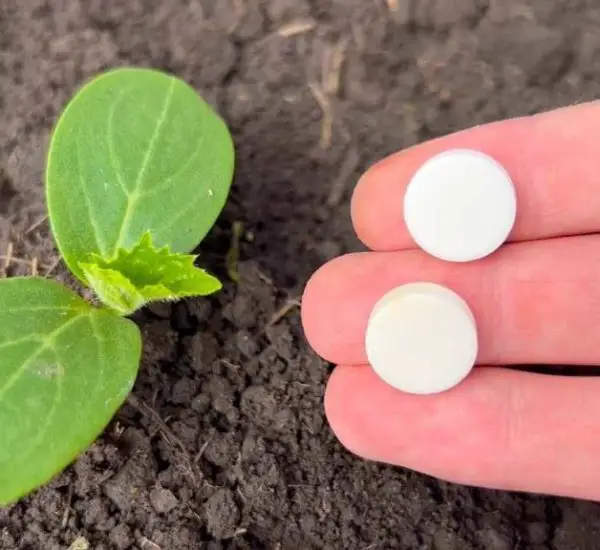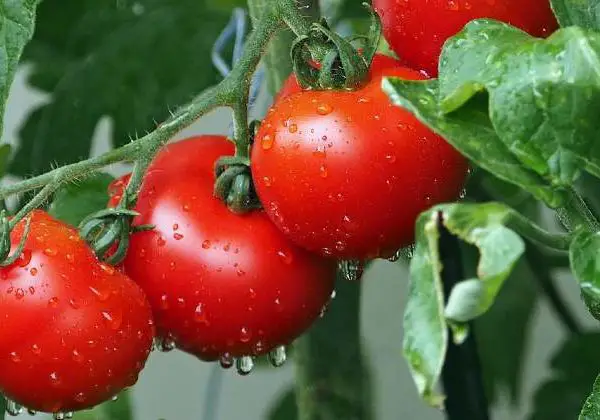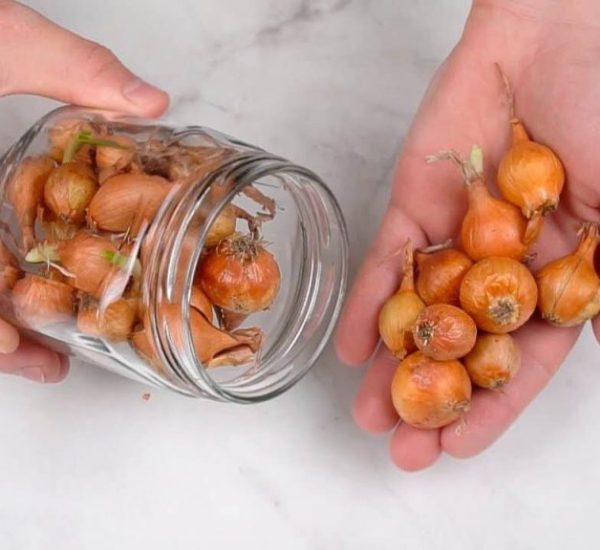Chili peppers are a versatile and flavorful addition to any kitchen, and you don’t need a garden to grow them. Whether you live in an apartment, have limited space, or just want to grow your own spicy produce, growing chili peppers in pots is a simple and effective solution. In this guide, we’ll share practical tips to help you grow healthy, flavorful chili peppers right at home.

Why Grow Chili Peppers in Pots?
Many people assume that growing chili peppers requires a garden, but that’s not the case. Potted chili peppers are perfect for small spaces like balconies, patios, or even windowsills. The key to success is providing the right warm and sunny environment. Chili peppers thrive in temperatures above 15°C, and they’re sensitive to the cold. If you live in a cooler climate, it’s best to move your plant indoors during colder months to protect it from frost and low temperatures.
Best Time to Grow Chili Peppers
Chili peppers can be grown year-round, but for the best results, plant them between March and June if you’re in a temperate climate like Italy. These months offer ideal conditions for germination and healthy growth, allowing you to enjoy delicious homegrown chili peppers in a few months.
Essential Tips for Growing Chili Peppers in Pots
Growing chili peppers in pots is easy when you follow these simple techniques:
1. Start Small: Use Yogurt Pots for Germination
A great trick for germinating chili pepper seeds is to use yogurt pots or any small containers to start the seedlings. Simply fill the pots with soil, add the seeds, and wait for them to sprout. This method helps the seeds germinate quickly in a contained environment. Once the seedlings have started growing, transfer them to larger pots with more space. This will allow the plant to develop fully and grow without restrictions.
2. Watering: The Right Timing Makes a Difference
Chili peppers need regular watering, but timing is crucial. Water your plants every morning to ensure they have enough moisture throughout the day. Watering early in the morning helps prevent thermal shock, which can occur if the plant is watered too late in the day or if it gets too hot after watering. Additionally, always ensure the water is well-drained to avoid water stagnation, which can damage the roots and negatively affect the plant’s health.
3. Avoid Water Stagnation
One of the most important things to avoid when growing chili peppers is water stagnation. Excess water in the pot can suffocate the roots and even cause the plant to lose its natural spiciness. Make sure your pots have proper drainage holes, and never let the plant sit in excess water. It’s also a good idea to check the soil regularly to make sure it’s neither too dry nor too soggy.
4. Provide Full Sunlight
Chili peppers love sunlight. Ensure that your plant gets at least 6 hours of direct sunlight each day. A sunny windowsill, balcony, or patio can be perfect for your potted chili pepper. If you’re growing indoors, consider placing the plant near a south-facing window to get the most light.
Conclusion: Easy and Rewarding Chili Pepper Growing

Growing chili peppers in pots is a simple, low-maintenance way to enjoy fresh, spicy peppers all year long. Whether you’re a beginner or an experienced gardener, following these tips will help you grow healthy chili plants in small spaces. With the right care, you’ll have a steady supply of deliciously spicy peppers to use in your cooking whenever you need them. So, grab a pot, some seeds, and get started — you’ll be surprised at how easy it is to grow chili peppers at home!



